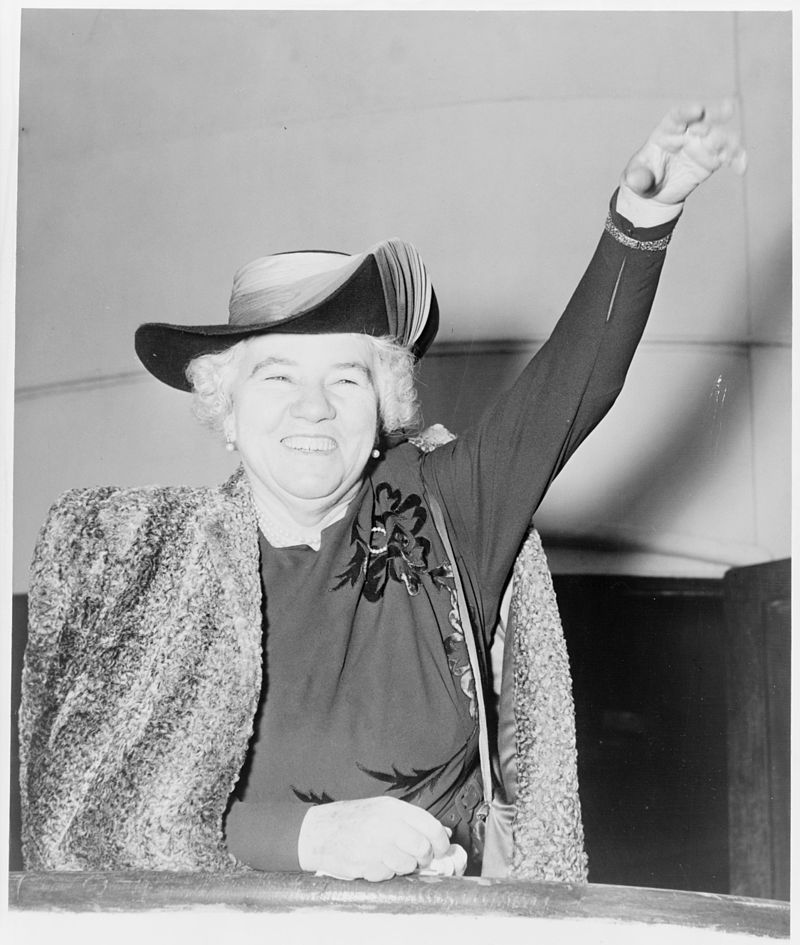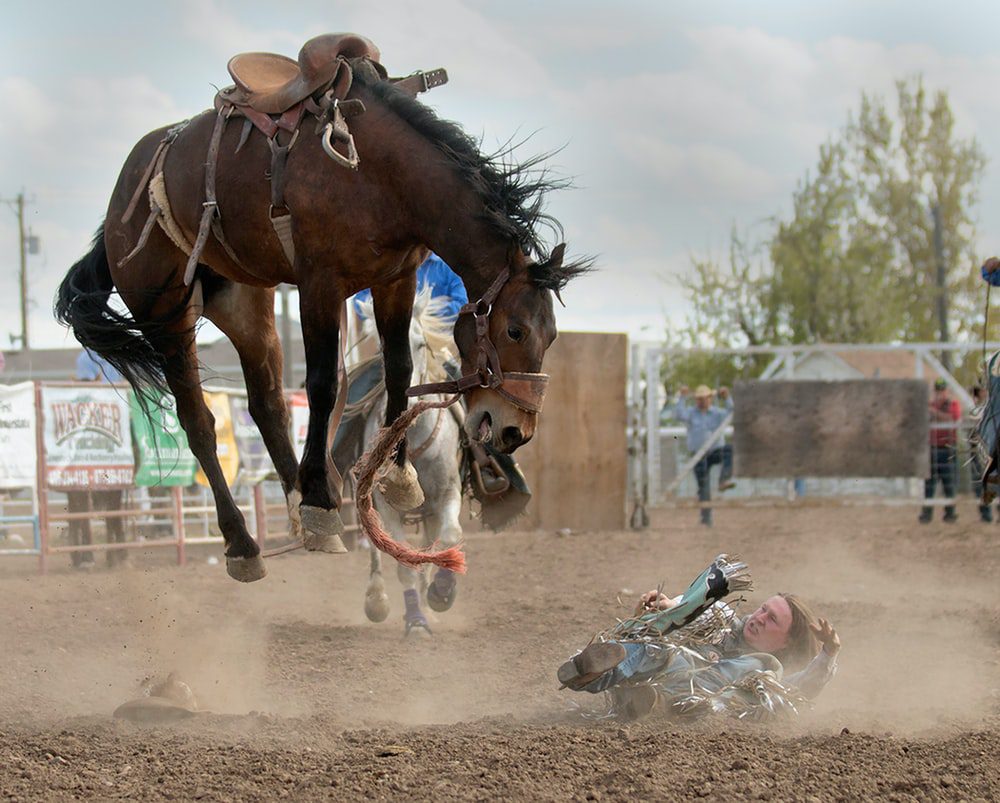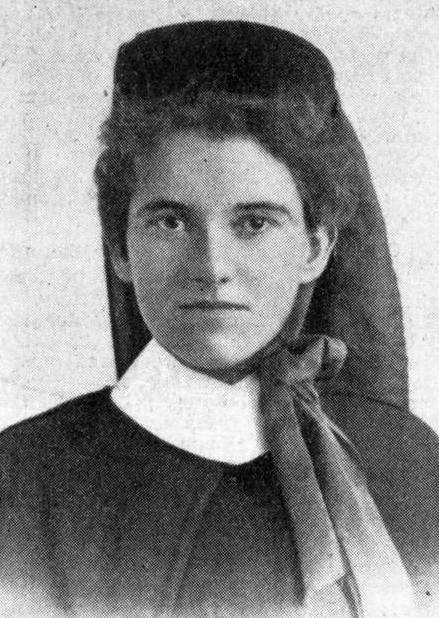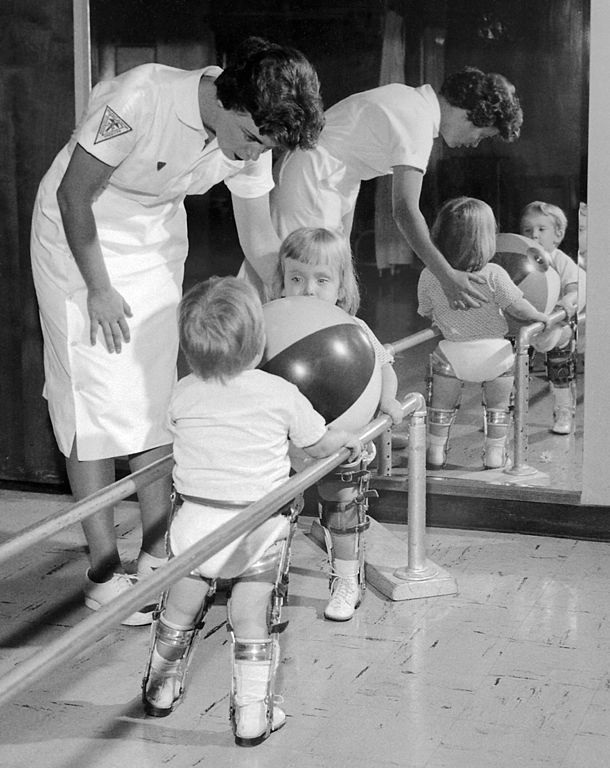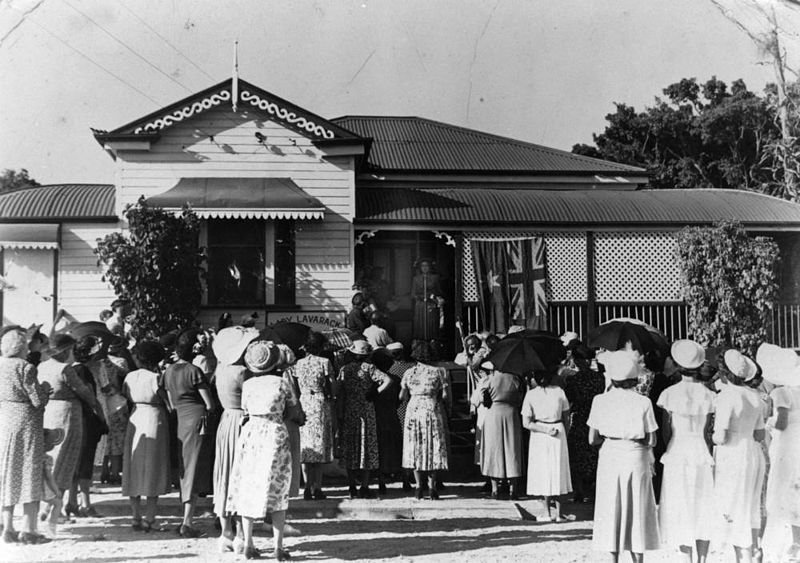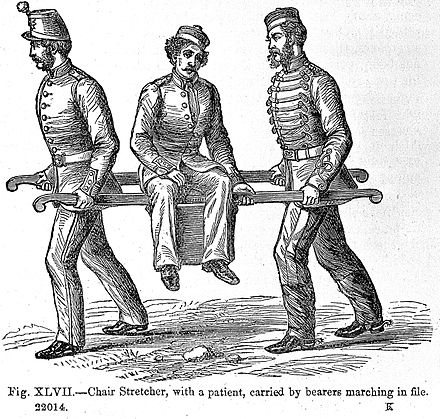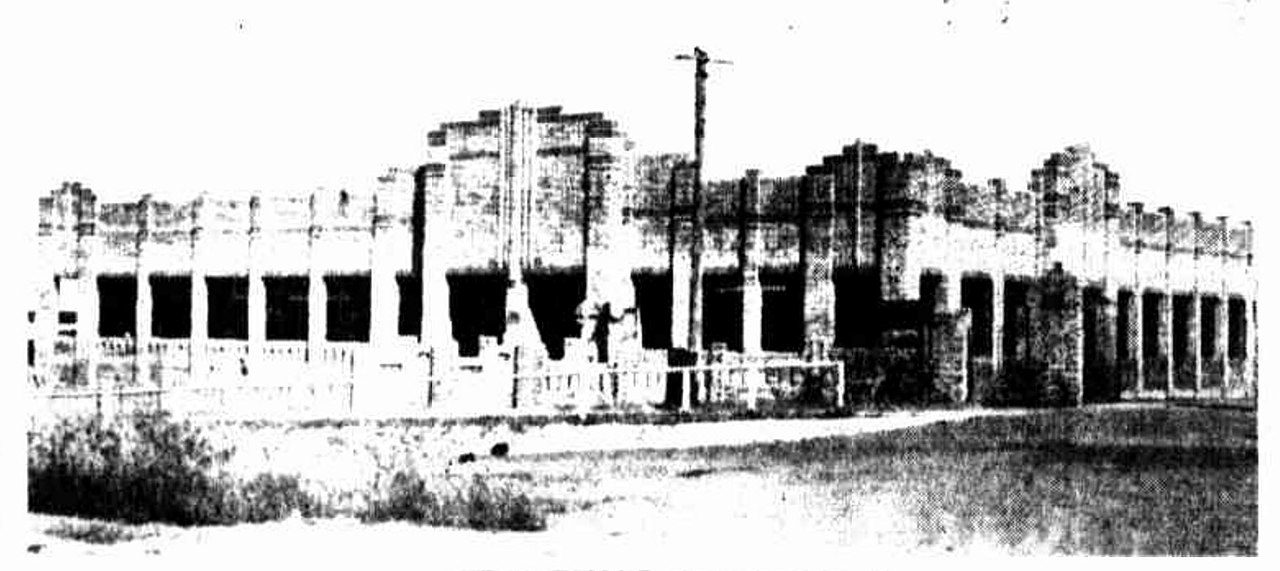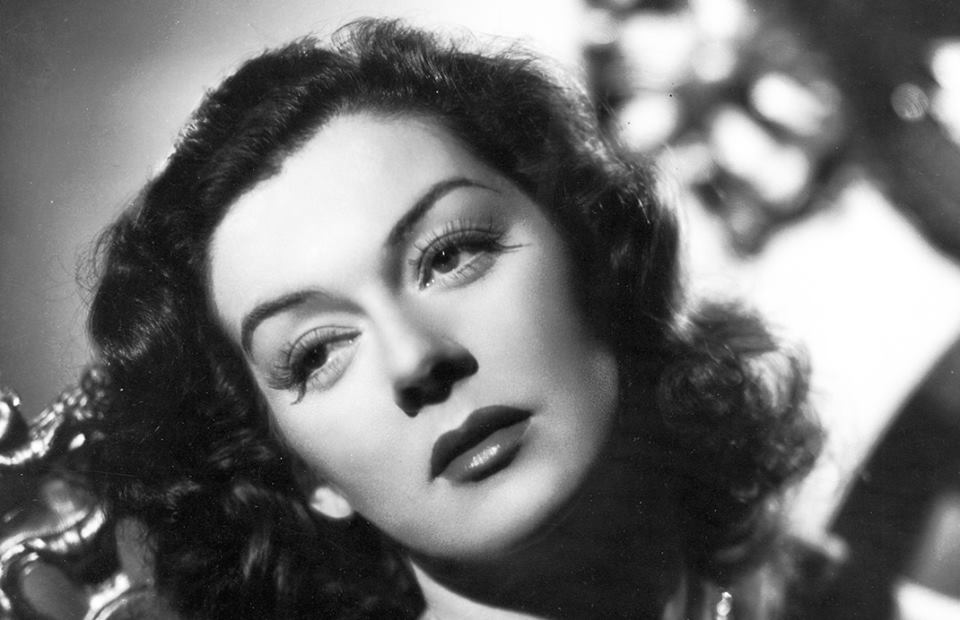Top 10 interesting facts about Sister Elizabeth Kenny
Sister Elizabeth Kenny was a self-trained Australian bush nurse, who developed an approach to treating poliomyelitis that was controversial at the time.
Elizabeth Kenny’s treatment plan differed from the conventional one of placing affected limbs in plaster casts, instead she applied hot compresses, followed by passive movement of the areas to reduce what she called “spasm”.
Her principles of muscle rehabilitation became the foundation of physical therapy or physiotherapy in such cases.
Below, we discuss the top 10 interesting facts about Sister Elizabeth Kenny;
1. The start of a long-life passion
Elizabeth Kenny was born in Warialda, New South Wales, on 20 September 1880 to the Australian-born Mary Kenny, née Moore, and Michael Kenny, a farmer from Ireland.
At the age of 17, Elizabeth broke her wrist in a fall from a horse. Her father took her to Aeneas McDonnell, a medical doctor in Toowoomba, where she remained during her convalescence.
While there, Kenny studied McDonnell’s anatomy books and model skeleton. Kenny later confirmed that she became interested in how muscles worked while convalescing from her accident.
2. Sister Elizabeth Kenny, before venturing into the field of medicine

Student learning to play the piano, Sister Elizabeth Kenny taught the piano before becoming nurse – Unsplash
Before becoming a nurse, Sister Elizabeth Kenny tried her hands at several professions. She was certified by the Secretary of Public Instruction as a teacher of religious instruction and taught Sunday School in Rockfield.
Elizabeth also listed herself as a “teacher of music” and did so a few hours a week after teaching herself how to play the piano.
She was also a successful broker of agricultural sales between Guyra farmers and northern markets in Brisbane.
After that she worked in the kitchen in Scotia, a local midwife’s cottage hospital.
3. Sister Elizabeth Kenny as a bush nurse
Bush nurses in Australia instructed rural women in the hygiene of pregnancy and in mothering, as they visited homes after childbirth, ran baby clinics and taught childcare and mother craft in schools.
They also provided ‘first contact care’, as most isolated communities had no resident, and often no visiting, doctor.
With some savings from her brokerage work, she paid a local seamstress to make her a nurse’s uniform. With that and the observations she had made at Scotia and under Dr Harris, she returned to Nobby to offer her services as a Bush Nurse.
Kenny reached her patients on foot or often by horseback.
4. Her first encounter with what might have been polio
In November 1911 Sister Elizabeth Kenny opened a Cottage Hospital at Clifton which she named St. Canice’s, where she provided convalescent and midwifery services.
In her 1943 autobiography she claimed that in 1911 she treated what McDonnell thought was infantile paralysis under the supervision of Dr Horn, the local Lodge Doctor.
Sensing that their muscles were tight, Elizabeth did what mothers around the world did: applied hot compresses made from woolen blankets to their legs.
Kenny wrote that a little girl woke up much relieved and said, “Please, I want them rags that well my legs.” Several children recovered with no serious after-effects.
5. Unqualified for the army
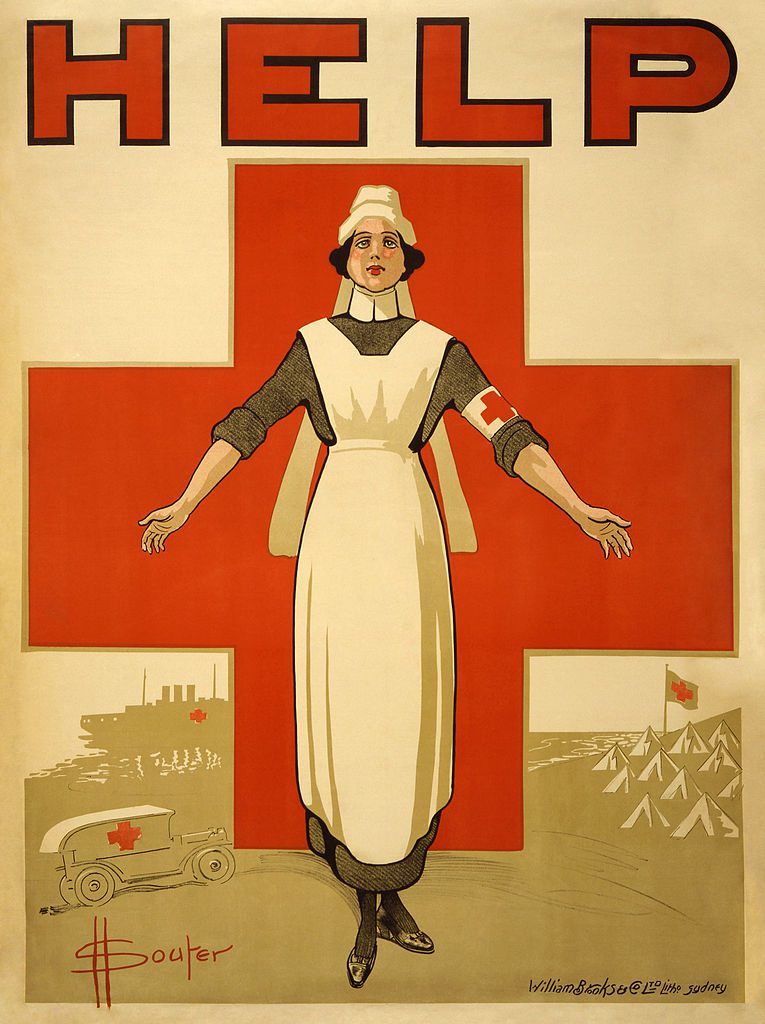
A WWI poster showing a nurse, with her arms outstretched, standing before a large red cross; in background a Red Cross hospital ship, ambulance and field hospital – Wikimedia Commons
Elizabeth Kenny was not officially a qualified nurse, but as nurses were badly needed during the war, thus she was accepted when she volunteered to join in 1915.
She was assigned to work on “Dark Ships”, slow-moving transports that ran with all lights off between Australia and England. They carried out war goods and soldiers and wounded soldiers and trade goods on the return voyage.
During this period, Kenny served on these dangerous missions throughout the war, making 16 round trips (plus one round the world via the Panama Canal).
During the final months of the war, she served for a few weeks as matron to a soldiers’ hospital near Brisbane. By then she was worn down by her wartime duties, honorably discharged and awarded a pension.
6. Why the title sister?
The “Sister” in Sister Elizabeth Kenny does not refer to being a religious sister, but rather a rank she had held as a nurse in the Australian Army while nursing on cargo ships that carried soldiers to and from Australia and England during the First World War.
In 1917, she earned the title “Sister”, which in the Australian Army Nursing Corps is the equivalent of a First Lieutenant. It is a title of courtesy that applies to a more highly qualified nurse, one grade below “Matron”.
Kenny used that title for the rest of her life but she was criticized by some for doing so.
7. The first president of the Nobby branch of the Queensland Country Women’s Association
The Queensland Country Women’s Association (QCWA) is the Queensland chapter of the Country Women’s Association in Australia. The association seeks to serve the interests of women and children in rural areas in Australia through a network of local branches.
After the war, she resumed her home nursing and became the first president of the Nobby chapter of the Country Women’s Association in April 1925.
8. Her love for the Country Women’s Association
Sister Elizabeth Kenny designed a stretcher for use by local ambulance services that reduced shock in the transport of injured patients. In 1927, she patented the stretcher.
For the next three years Sister Elizabeth Kenny marketed it as the Sylvia Stretcher, named for the first woman who was carried on it, in Australia, Europe and the United States.
She turned the profits of this over to the Country Women’s Association, which dealt with its sales and manufacture.
9. One of her clinics is listed on the Queensland Heritage Register
The Queensland Heritage Register is a heritage register, a statutory list of places in Queensland, Australia that are protected by Queensland legislation, the Queensland Heritage Act 1992.
In 1932, Queensland suffered its highest number of polio cases in 30 years; the following year, several local people helped Kenny set up a rudimentary paralysis-treatment facility under canopies behind the Queen’s Hotel in Townsville.
Her success led to Kenny clinics being established in several Australian cities, with the Outpatients Building of the Rockhampton Base Hospital now being listed on the Queensland Heritage Register.
10. Her portrayal in the main stream
Hollywood paid tribute to Sister Elizabeth Kenny by producing a biographical film about her titled Sister Kenny in 1946.
The film was adapted by Alexander Knox, Mary McCarthy, Milton Gunzburg (uncredited), and Dudley Nichols from the book And They Shall Walk, by Elizabeth Kenny and Martha Ostenso, and directed by Dudley Nichols.
In the film Catherine, Rosalind Russell portrayed her, and she was nominated for the Academy Award for Best Actress for her portrayal of Sister Elizabeth Kenny.
However, the film recorded a loss of $660,000 for RKO, Radio Pictures, Inc. In Australia the box office returns were disappointing as well.
Planning a trip to Paris ? Get ready !
These are Amazon’s best-selling travel products that you may need for coming to Paris.
Bookstore
- The best travel book : Rick Steves – Paris 2023 – Learn more here
- Fodor’s Paris 2024 – Learn more here
Travel Gear
- Venture Pal Lightweight Backpack – Learn more here
- Samsonite Winfield 2 28″ Luggage – Learn more here
- Swig Savvy’s Stainless Steel Insulated Water Bottle – Learn more here
Check Amazon’s best-seller list for the most popular travel accessories. We sometimes read this list just to find out what new travel products people are buying.

